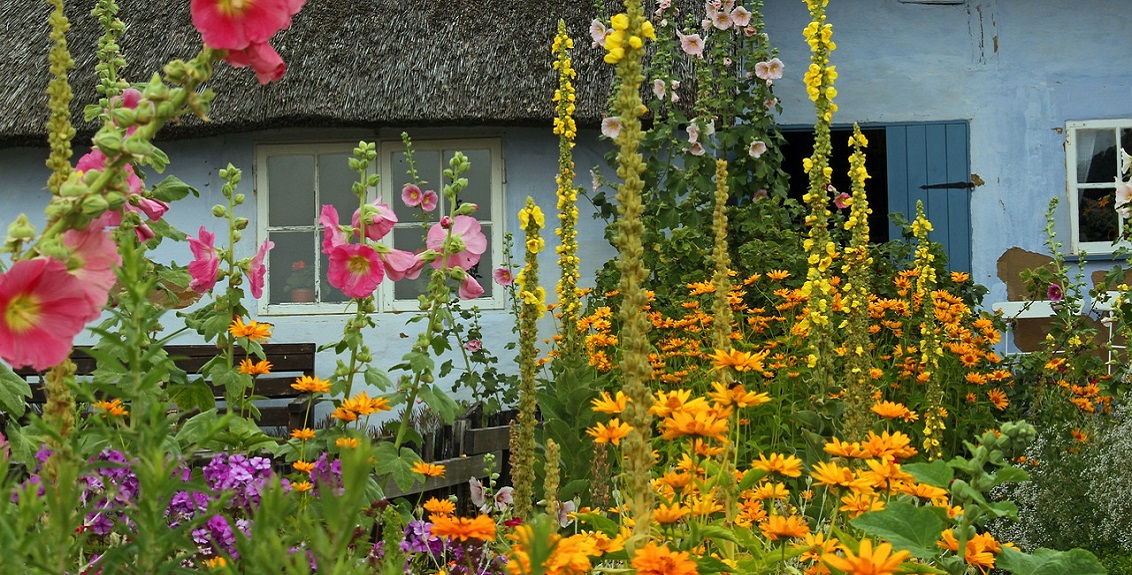Plant Supports
Plant supports help to shape growth and rescue wind blown plants. They can be used mid to late season as plant growth develops. The vigorous growth of many herbaceous perennials and climbers often needs a helping hand to prevent them flopping onto neighbouring plants or over the edges of lawns and paths. Putting plant supports in place early means they even the most obvious ones can be hidden by the foliage in just a few weeks. This video shows how to weave a tall plant support or obelisk from freshly coppiced willow in a few easy steps.
At this time of year many flowering plants begin to flop over, caused by wind, rain, or weight of their blooms. Supporting them can make all the difference in how your garden looks, and the health of the plants.
Tips
- Twining climbers like cobaea, sweet peas and runner beans, tall tripods made from sticks or bamboo canes provide an ideal framework for their vigorous growth. Where necessary, their shoots can be tied in with soft string.
- Twiggy stems that have been pruned from shrubs in winter make ideal ‘pea sticks’ or general plant supports. Push them into the ground around young plants so that they can grow up between the twigs.
- Tall flower stems of delphiniums or dahlias can be tied individually to bamboo canes pushed into the soil alongside the developing shoots. Tie in with soft string at 10 – 15 cm intervals up the stems.
- For border plants such as lupins, rudbeckias and phlox, tie soft string around a circle of canes pushed in around each plant.

A clever, inexpensive way to distract the eye and produce instant impact is to use two or more woven obelisks in a line. Plant them with fast growing climbing plants like nasturtiums and they will soon be covered in brilliant flowers.
